Archives
- 2018-07
- 2018-10
- 2018-11
- 2019-04
- 2019-05
- 2019-06
- 2019-07
- 2019-08
- 2019-09
- 2019-10
- 2019-11
- 2019-12
- 2020-01
- 2020-02
- 2020-03
- 2020-04
- 2020-05
- 2020-06
- 2020-07
- 2020-08
- 2020-09
- 2020-10
- 2020-11
- 2020-12
- 2021-01
- 2021-02
- 2021-03
- 2021-04
- 2021-05
- 2021-06
- 2021-07
- 2021-08
- 2021-09
- 2021-10
- 2021-11
- 2021-12
- 2022-01
- 2022-02
- 2022-03
- 2022-04
- 2022-05
- 2022-06
- 2022-07
- 2022-08
- 2022-09
- 2022-10
- 2022-11
- 2022-12
- 2023-01
- 2023-02
- 2023-03
- 2023-04
- 2023-05
- 2023-06
- 2023-08
- 2023-09
- 2023-10
- 2023-11
- 2023-12
- 2024-01
- 2024-02
- 2024-03
- 2024-04
- 2024-05
- 2024-06
- 2024-07
- 2024-08
- 2024-09
- 2024-10
- 2024-11
- 2024-12
- 2025-01
- 2025-02
- 2025-03
- 2025-09
- 2025-10
-
br Regulatory mechanisms of ASK activity br The functions
2024-06-05
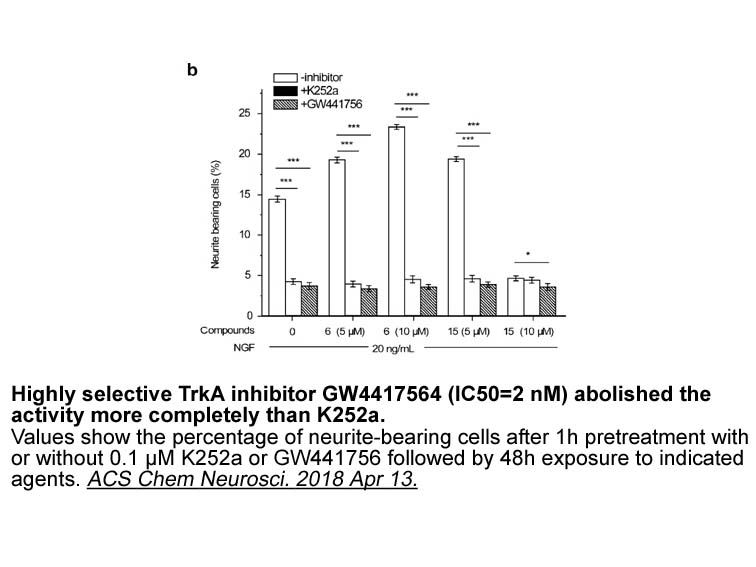
Regulatory mechanisms of ASK1 activity The functions of ASK1 in disease ASK1 inhibitor As mentioned above, ASK1 plays a pivotal role in the pathogenesis of various diseases; hence, an ASK1 inhibitor has therapeutic potential. Although inhibitors of the ASK1 downstream kinases p38 and JNK ar
-
br Leptin Adiponectin a permissive imbalance Leptin
2024-06-05
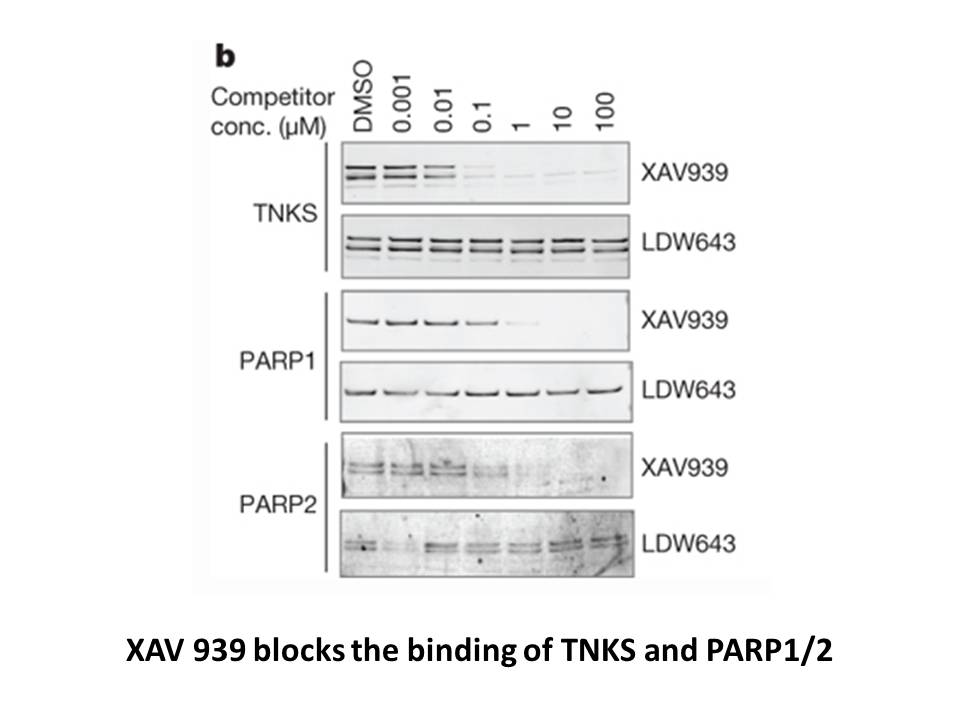
Leptin/Adiponectin: a permissive imbalance Leptin, a satiety hormone, is encoded by the obesity (ob) gene. It essentially functions as an energy sensor which is involved in the regulation of body weight by sending signals to the Melittin receptor to reduce appetite (Woods and D'Alessio, 2008). Ob
-
The therapeutic potential of ML induced
2024-06-05
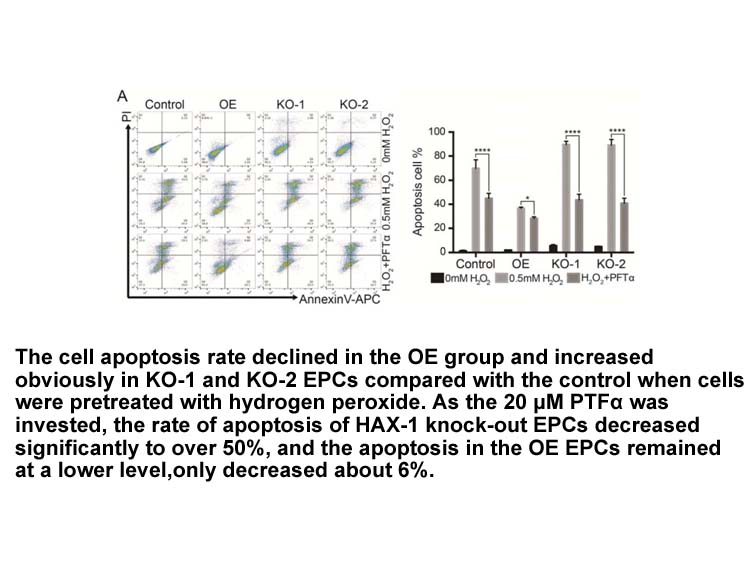
The therapeutic potential of ML327-induced MET against sphingosine of mesenchymal origin has not been explored. In the present study, we hypothesized that induction of MET using ML327 would block the growth of ES cells and sensitize to TRAIL-mediated apoptosis. Herein, we report that ML327 induces
-
The finding of the apelin APJ axis represents an
2024-06-05
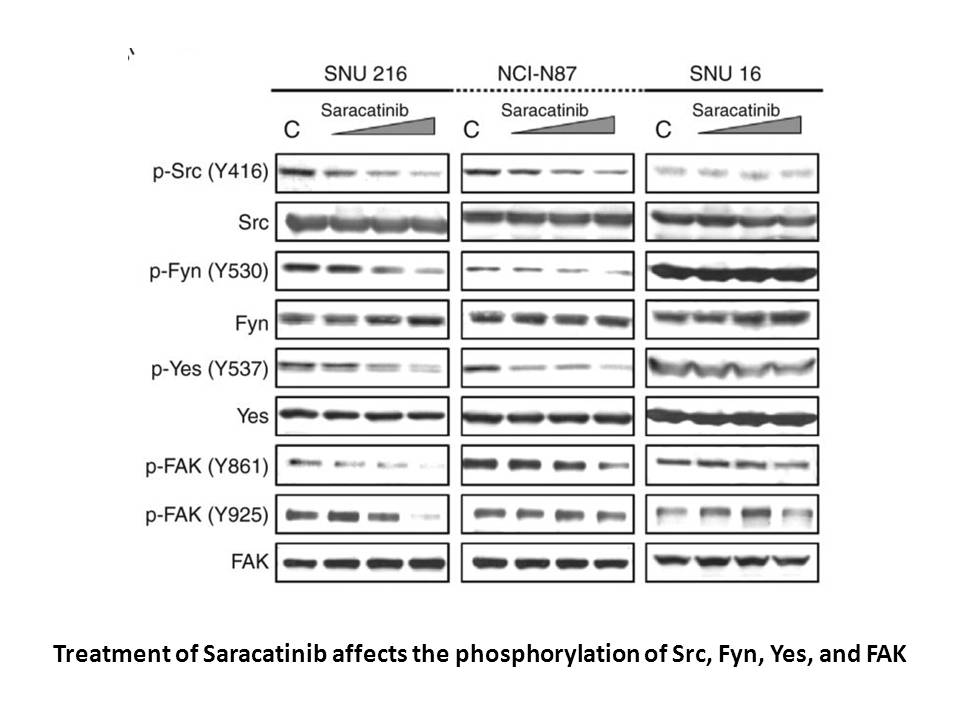
The finding of the apelin/APJ axis represents an impressive event in cardiovascular studies. As a result of various experimental and clinical studies conducted in vivo and in vitro, it has been indicated that apelin/APJ is a crucial mediator of cardiovascular homeostasis, which takes part in the pat
-
In our study S aureus activated the TLR signaling pathways
2024-06-05
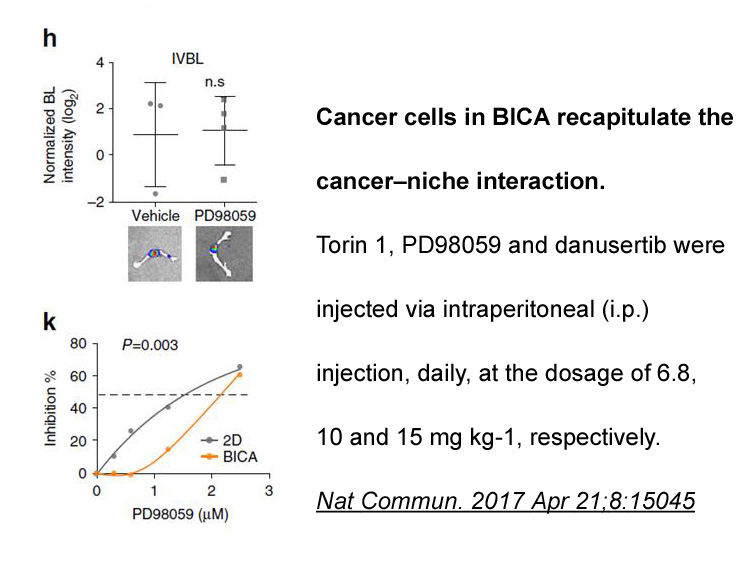
In our study, S. aureus activated the TLR signaling pathways of BMECs, thus inducing profibrogenic growth factor expression via NF-κB and AP-1. Since fibrosis is an important pathogenic process in both bovine and human mastitis, further studies on the molecular mechanisms of S. aureus infection are
-
Formation of SAHFs in human cells is a dynamic and
2024-06-05
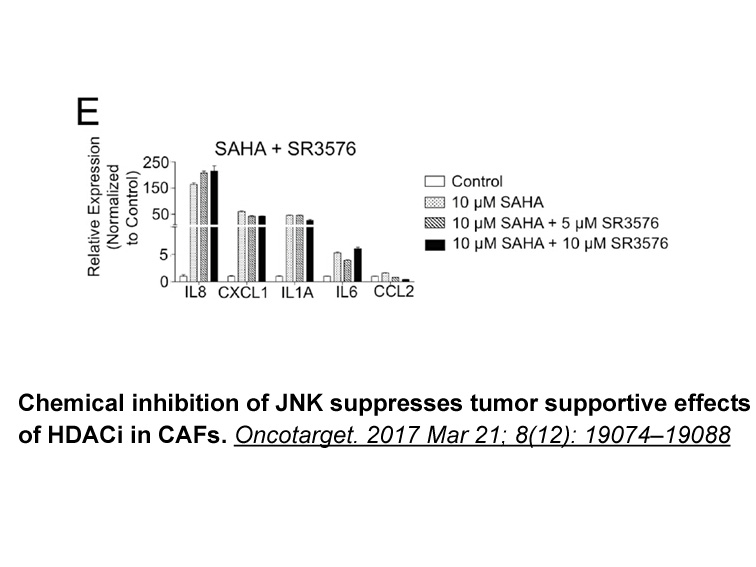
Formation of SAHFs in human o6 methylguanine methyltransferase is a dynamic and multifaceted process that is largely dependent on the p16/pRB ras-induced senescence pathway [108]. Many details remain to be elucidated but formation appears to be driven by a complex of histone chaperones (HIRA and AS
-
br Acknowledgements We thank the National Natural Science Fo
2024-06-05
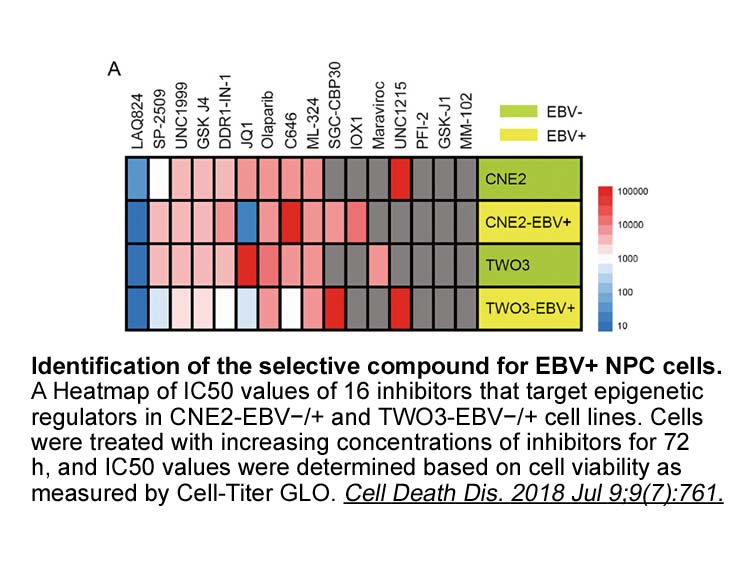
Acknowledgements We thank the National Natural Science Foundation of China (41576156), Shandong Province Science and Technology Development Plan (2015GSF121045), Yantai Science and Technology Development Plan (2015ZH078), and the Public Science and Technology Research Funds Projects of Ocean (No.
-
Animal fat appears to increase
2024-06-05
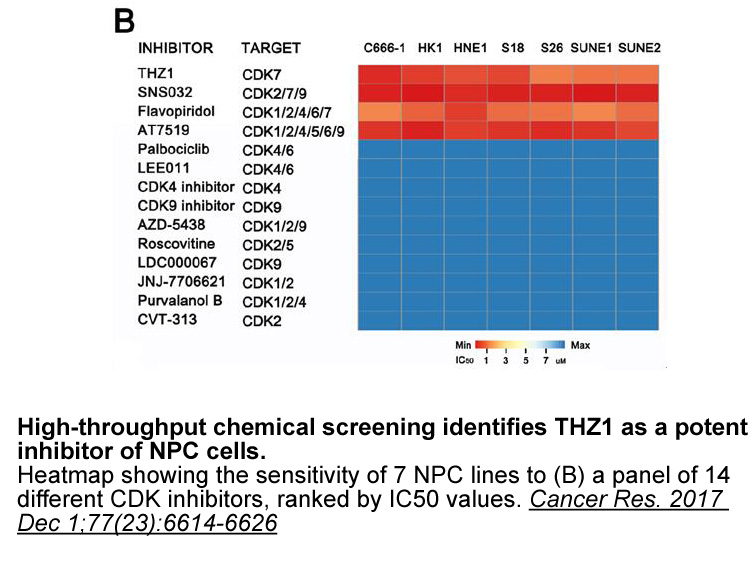
Animal fat appears to increase C. perfringens counts compared with vegetable oil, so there may indeed be some advantage to vegetable diets at least in terms of fat sources (Knarreborg et al., 2002). Small grains such as wheat, rye, oats, and barley, with high levels of non-starch polysaccharides are
-
It has been well established that shortly after systemic
2024-06-05
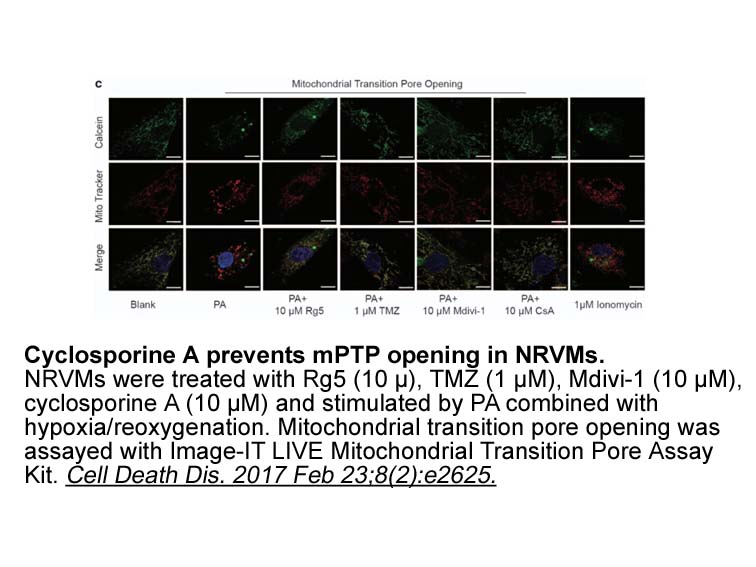
It has been well established that shortly after systemic inflammation, NADPH oxidase and iNOS activity were increased in the MMP-2 Inhibitor II and lead to overproduction of reactive oxygen species (ROS) and NO [66]. Moreover, previous studies indicated that Ang II induced an increased level of NADP
-
A-740003 In order to postulate its binding
2024-06-05
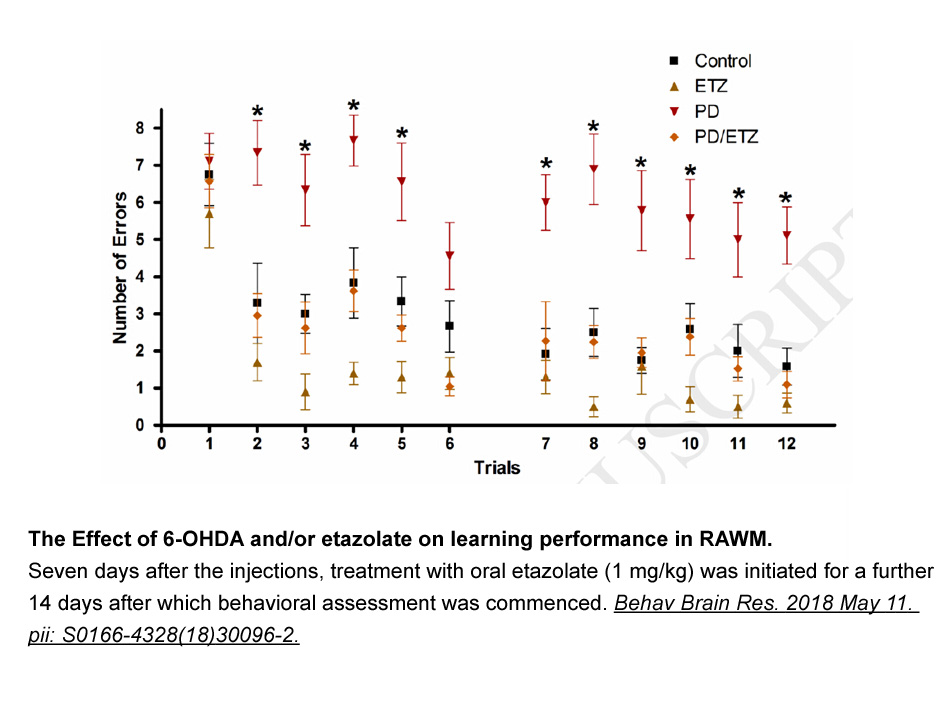
In order to postulate its binding mode in APN, A-740003 13v was docked into the active site of APN (PDB code: 2DQM) using Sybyl_X 1.3. As illustrated in Fig. 5A, the catalytic zinc ion of APN was chelated by the hydroxamate moiety of 13v, and the S1, S1′ and S2′ pockets of APN were occupied by the
-
br Concluding Remarks and Future Perspectives
2024-06-05
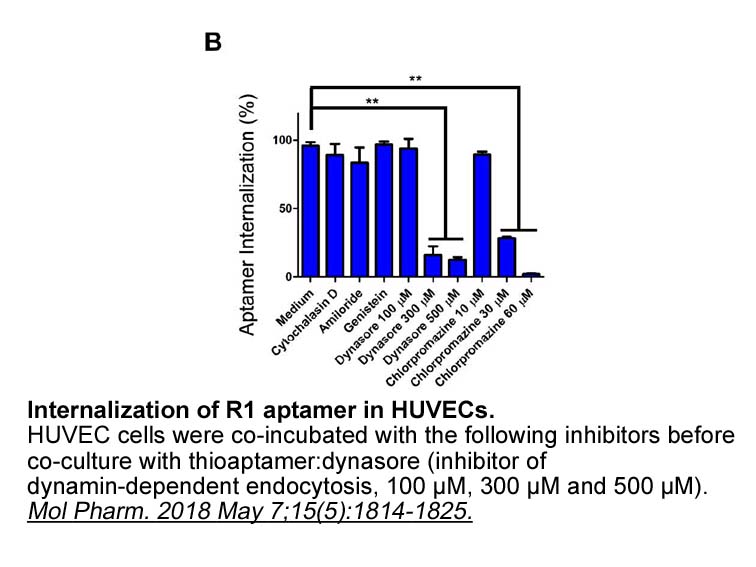
Concluding Remarks and Future Perspectives While postmortem human YC 1 material is relatively sparse and has inherent limitations as discussed above, additional investigations could benefit from analysis of in vitro cellular models to corroborate findings in patient material. Generation of neuron
-
This chemistry paved way for multi gram synthesis of
2024-06-05

This chemistry paved way for multi-gram synthesis of which was utilized for extensive piperazine benzamide SAR exploration. Depicted in , the two-step operation towards final targets involved standard amide coupling conditions with EDC or HATU followed by Boc deprotection under acidic conditions.
-
br Conclusion br Conflicts of interest br Introduction
2024-06-04
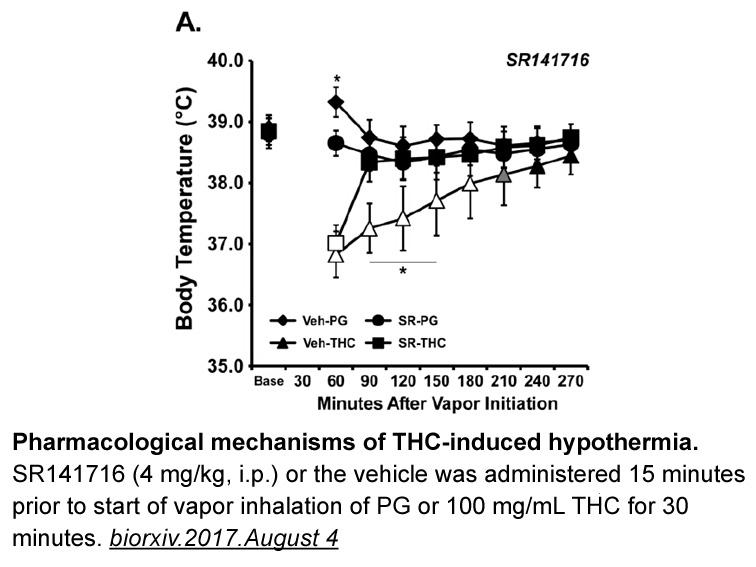
Conclusion Conflicts of interest Introduction Enzymes are widely applied as biocatalysts in fields such as synthetic chemistry [1], pharmaceuticals [2], environmental treatment [3], and food technology [4] because they can catalyze chemical transformations in a highly selective manner under
-
Ultraviolet UV spectroscopy is commonly used
2024-06-04
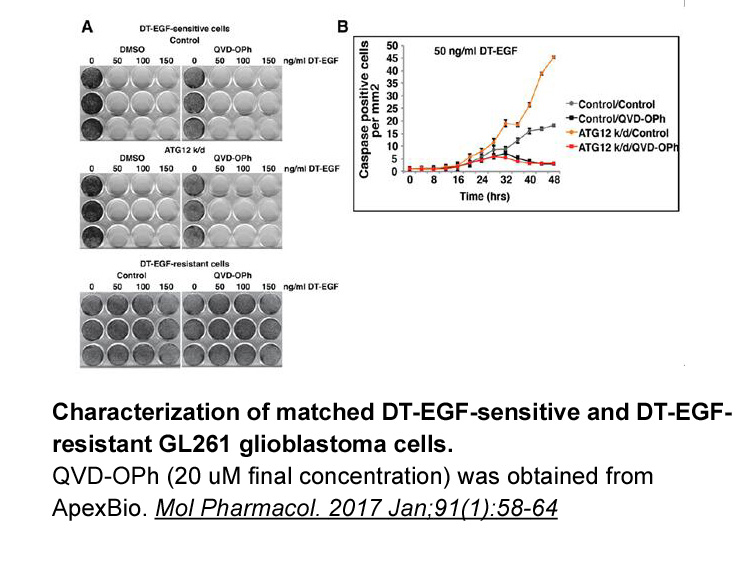
Ultraviolet (UV) spectroscopy is commonly used for screening potential ADA inhibitors [15]. In the UV method, the ADA reaction is calculated by measuring the decrease in absorbance of the substrate at 265 nm or increase in absorbance of the product at 248 nm. However, AD and inosine share a very clo
-
pretomanid The hypothalamic pituitary adrenal HPA axis
2024-06-04
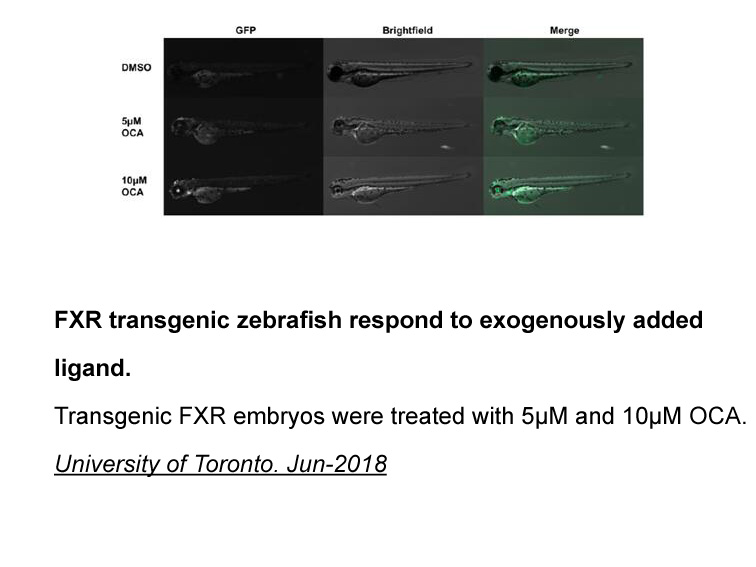
The hypothalamic-pituitary-adrenal (HPA) axis is a neuroendocrine system that is central to regulating responses to stress (Palazidou, 2012). In older persons, a high dysfunction of the HPA axis is observed (Otte et al., 2005) which may be enhanced by stimulatory effects of genes involved in the axi
15866 records 135/1058 page Previous Next First page 上5页 131132133134135 下5页 Last page